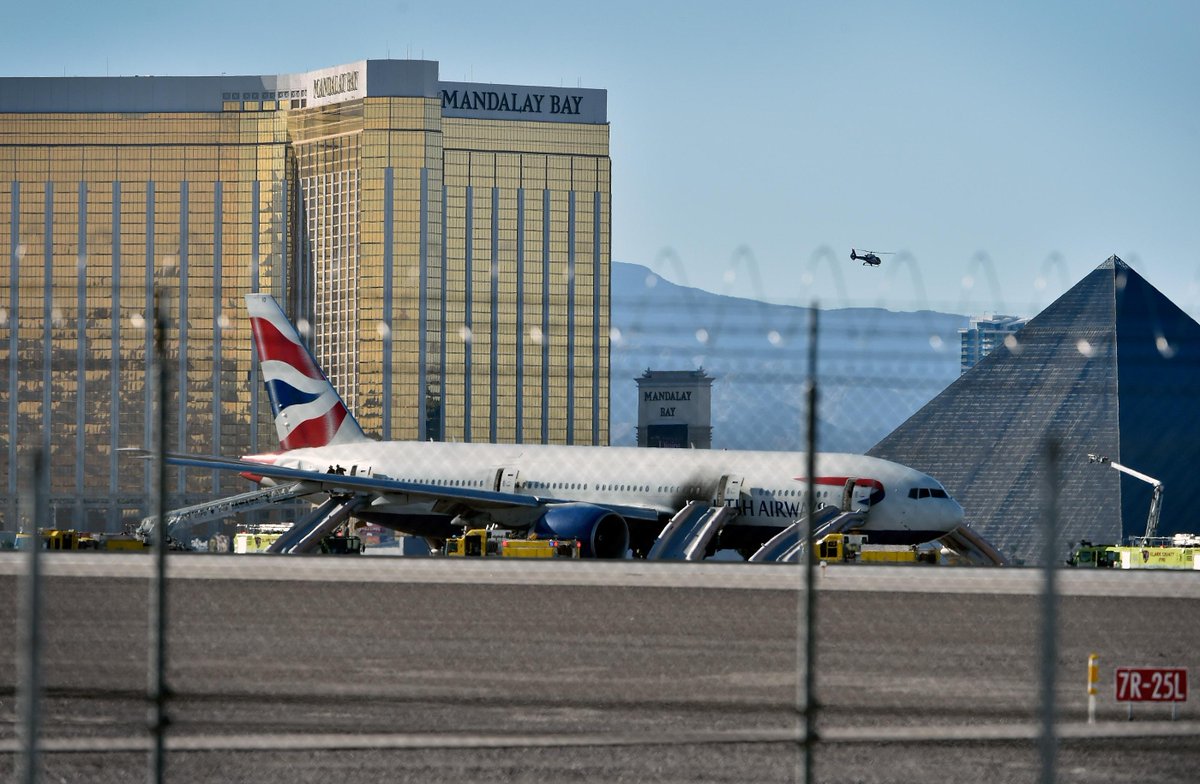Mikoyan’s MiG-21 is an extraordinary aircraft. Built in vast numbers for the Soviet Union, Warsaw Pact states and other countries with close ties to the Reds during the 60s and 70s, the type is now becoming an increasingly rare sight in our skies.
A Campia Turzii-based jet taxies in after its mission. All photos: Tony Osborne/Aviation Week
Here in Europe, four countries continue to fly the type, Bulgaria, Croatia, Serbia and Romania, but only the latter is still flying the jet in significant numbers.
In the 1990s, Romania contracted Israel’s Elbit to modernize 110 of the MiG-21s to Lancer standard giving them new avionics, a more modern radar and the ability to drop precision-guided munitions. The Lancers were seen as a lower-risk and easier and cheaper to maintain than the MiG-29.
Romanian Lancers can fire a range of munitions but often train to fire unguided rockets.
Now as Romania prepares to receive the F-16 from Portuguese and U.S. stocks, the MiG-21 fleet is shrinking. It still provides the backbone of the country’s air defenses, with aircraft holding Quick Reaction Alert (QRA) in the west from Campia Turzii and on the Black Sea coast from Mihail Kogălniceanu airport, near Constanta.
Aviation Week was able to get up close to MiG-21 operations during a visit to the two bases in late September. At Campia Turzii, the MiGs shared the ramp with U.S. Air Force F-15Cs from the 132nd Expeditionary Fighter Squadron, which have been deployed at the base as part of the Operation Atlantic Resolve European theater security package.
One of two twin-stick jets flying at Campia Turzii.
For an outsider looking in, MiG operations follow a very different approach from their western counterparts. The MiGs generally will not fly every day, but on selected days of the week depending on the weather. A small number of jets flown heavily throughout the day, rather than a handful of missions flown in morning and afternoons by Western air arms.
Trainee pilots, new to the MiG, go to operational squadrons rather than an operational conversion unit for their development. Once a sortie lands, the aircraft is quickly refueled and prepared for the next mission to be flown by a different pilot and this cycle can go on into the evening. Operations at night, notably at Campia Turzii, see the use of Soviet-era spot lamps, positioned at the end of and alongside the runway, light up the end of the runway to assist recovery.
One of the Lancers is caught in the spotlight as it lands at Campia Turzii
Most landings involve the use of a break parachute.
“We don’t have the endurance of the western fighters like the F-16,” says Capt. Cmdr. Daniel ‘Motanu’ Moise, one of the most experienced MiG pilots in the Romanian Air Force.
“Our missions are 30-45 minutes, so we need to fly twice to achieve the same number of hours.”
Brake parachutes are needed with a landing speed of 190 kts.
Pilots are managing to fly around 120 hours per years, but this results in a considerable number of sorties.
The avionics upgrade has made flying the MiG-21 a less stressful task, systems warn the pilot about various in-flight limits. A voice-warning system the pilots call Rachela delivers audio cues, but there are no flight computer controls linkages, it is very much a pilot’s aircraft.
“In this aircraft, the pilot is the brain, but the jet is the muscle,” said one Romanian Air Force officer.
Romania’s MiGs are in regular demand as a simulated threat, and have gone up against U.S. F-16s, F-15s, F/A-18s and A-10s, as well as the many different European fighter types. Romanian pilots use “hit and run” style tactics to deal with air threats. While the Romanian jets lack a beyond-visual range missile, although they could carry one, they have the ability to carry to carry a range of different short-range air-to-air missiles from the Israeli Python to the Russian R-73.
The view from the rear cockpit of the MiG-21 Lancer UM is rather limited.
QRA missions – so-called Alpha Scrambles - have also been on the rise thanks to the Russia’s increased aggression towards NATO. The MiG’s have regularly launched to shadow Russian Air Force Il-20 intelligence gathering aircraft over the Black Sea and some Sukhoi Su-27s.
Romania will begin taking delivery of its first batch of ex-Portuguese F-16s in 2016. The airbase at Fetesti, inland from Constanta will be the first base for the type.






